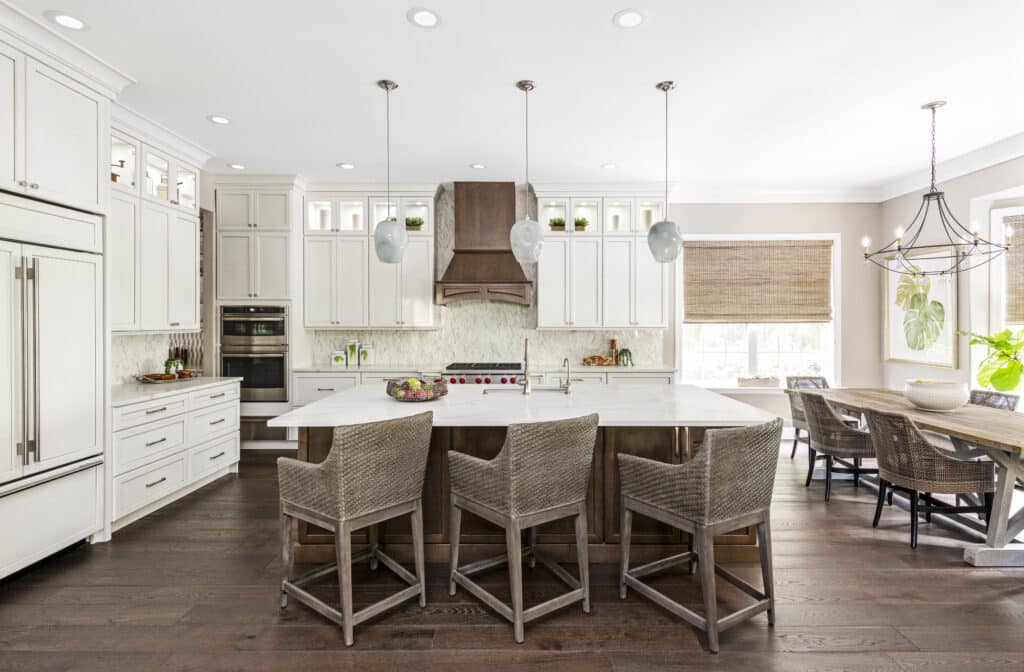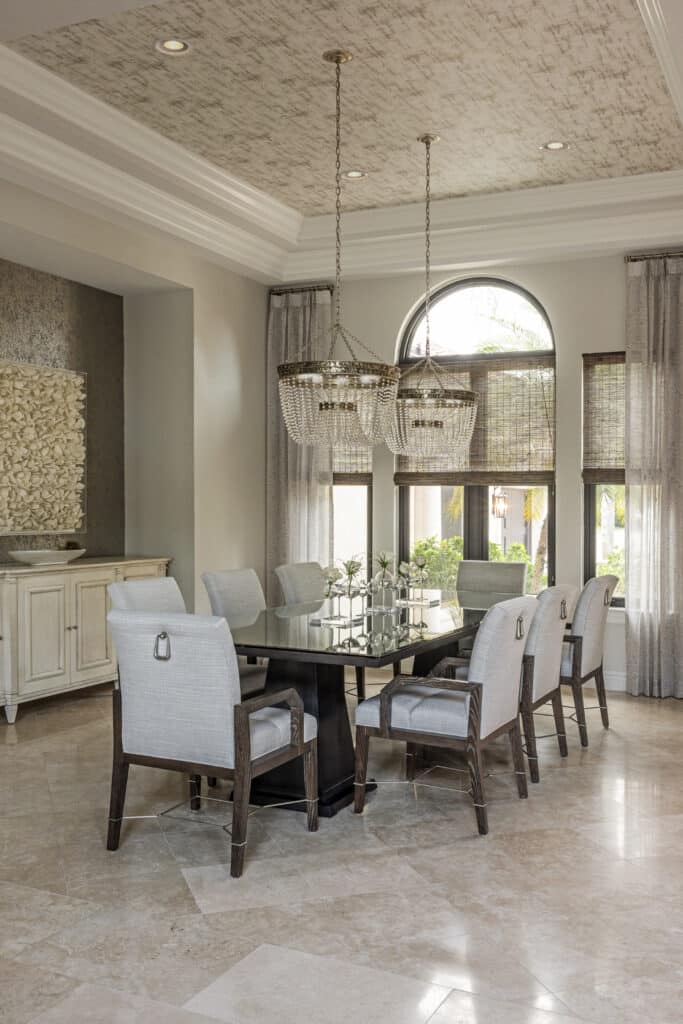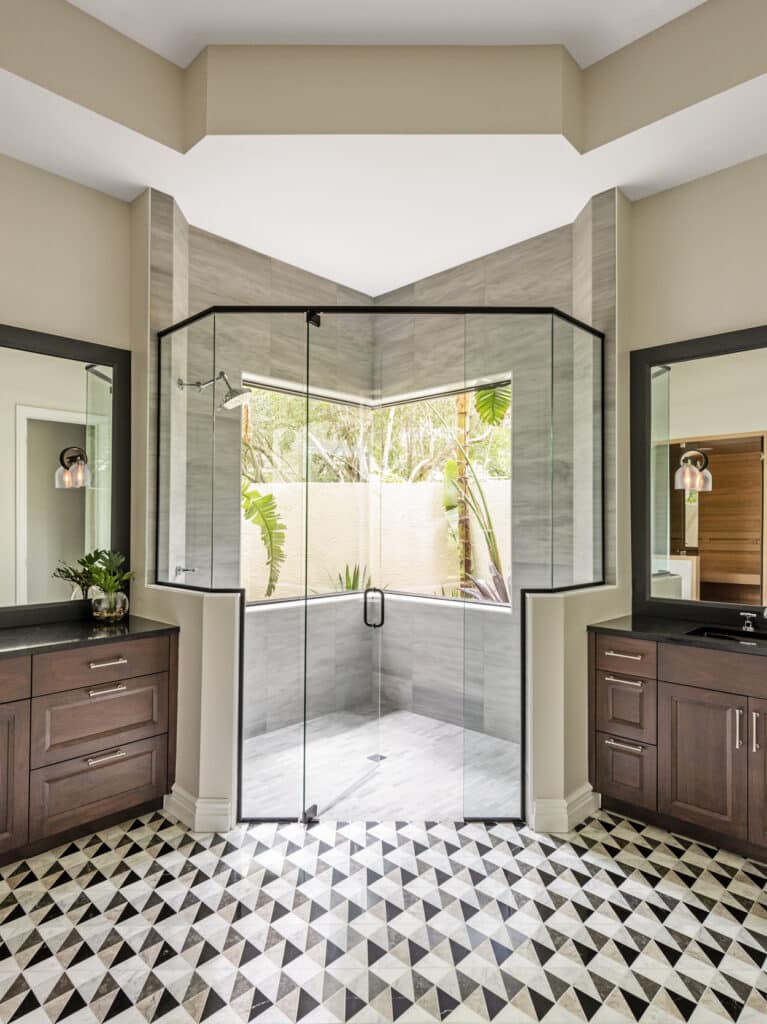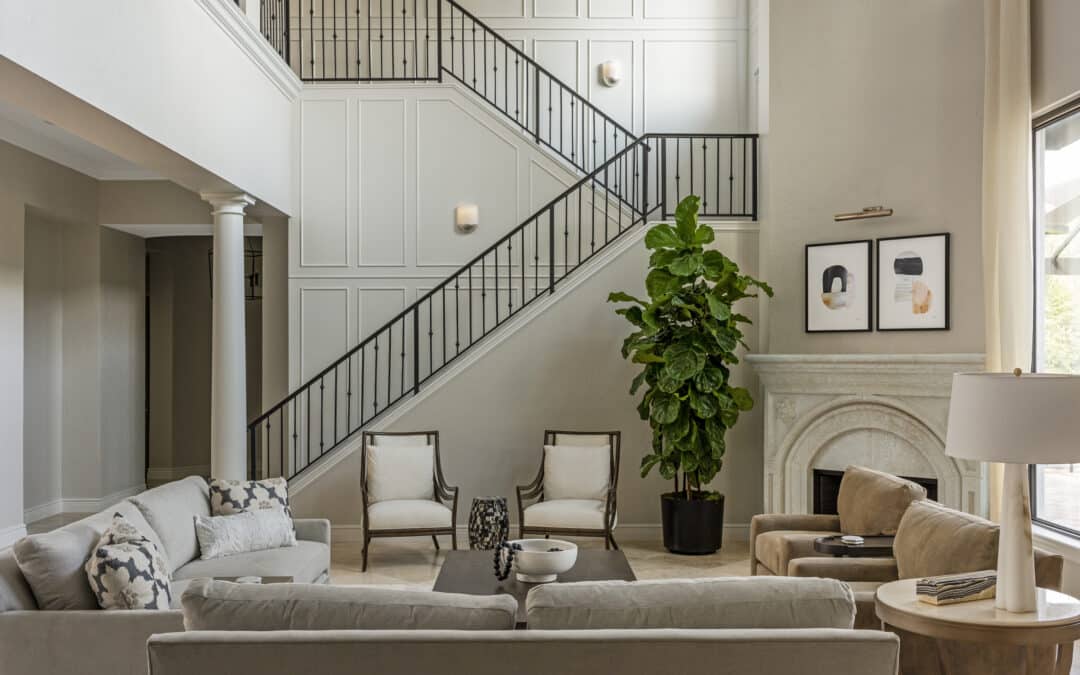Renovating a space can breathe new life into your home, but it does come with financial considerations that should be at the forefront of every renovation process. A well-thought-out investment plan ensures your renovation stays on track and achieves the desired results without causing unnecessary stress or financial heartache. One of the many benefits of working with our firm is our comprehensive approach to strategically invest in your renovation project. Which is why we are sharing our full-scale investment guide. Let us walk you through our processes for cost planning your renovation project with ease and confidence.
1. Assess Your Finances:
- Determine Available Funds: By carefully evaluating and strategically combining your financial resources, you can ensure your renovation project is adequately funded and managed well within your financial means.
- Set a Realistic Budget: Review your current income, savings, and other obligations to establish a budget range based on what you can comfortably afford and what the renovation requires.
2. Outline Your Renovation Plan:
- Scope of Work: Identify the specific renovations or improvements you want to undertake, including structural changes, materials, labor, and permits. Begin by outlining your renovation goals and priorities. From there, determine any structural changes or significant upgrades you envision, such as adding rooms, altering layouts, or enhancing functionality.
- Prioritize Needs vs. Wants: To allocate your funds, accordingly, distinguish between essential renovations and optional upgrades. Essential renovations typically include critical maintenance tasks like fixing structural issues, repairing plumbing or electrical systems, or addressing safety concerns.
Next, evaluate optional upgrades that enhance aesthetics, comfort, or personal preferences. These may include cosmetic improvements such as upgrading finishes, adding decorative elements, or incorporating smart home technology.

3. Connect with a Licensed Interior Designer and Compare Your Options:
- Get Connected and Review Multiple Quotes: Researching and connecting with your ideal licensed interior designer and obtaining multiple detailed quotes will allow you the freedom to actually enjoy your renovation project while confidently comparing estimates for labor, materials, permits, and any additional costs. Having an interior designer in your corner will help alleviate hesitancy during the decision-making process and efficiently navigate details like hourly rates or project-based fees, the estimated timeline for completion and much more.
Ensure the estimates specify the scope of work, including any demolition, construction, or installation. Some additional costs to consider are waste removal, temporary storage, and utility adjustments. Be sure to discuss these potential expenses with your interior designer to ensure they are also accounted for in your overall budget. - Research Material Costs: Your interior designer will help you identify the specific materials you need for your renovation, such as flooring, tiles, cabinetry, countertops, and fixtures. From there, they will outline a detailed list of these items, including their specifications, to ensure consistency when comparing prices.
4. Set Aside a Contingency Fund:
Allocate for Unexpected Costs: Set aside a contingency fund (usually around 10-20% of the total budget) for unforeseen expenses or changes in the renovation plan. This financial cushion is crucial for managing unexpected costs that can arise during any renovation project.
Unforeseen expenses can include:
- Discovering structural issues
- Encountering plumbing or electrical problems
- Facing delays due to weather or material shortages

5. Prioritize and Phase the Renovation:
- Take the Phased Approach: If the entire renovation is not financially feasible at once, prioritize areas and consider a phased approach to spread out costs over time. Your interior designer can also help you with this.
6. Track Expenses and Adjustments:
- Keep Detailed Records: Your interior designer will maintain and track all expenses, payments, and adjustments made during the renovation process, so you can sit back and watch the magic happen.
- Monitor Spending: Regularly review your budget with your interior designer to ensure you’re staying within the allocated limits and understand some adjustments must be made to stay on track. This consistent monitoring will help you identify any discrepancies or overspending early on, allowing you and your designer to address them before they become significant issues.
7. Factor in Overages and Timeframe:
- Timeframe Consideration: Understand that renovations may take longer than initially planned, which could incur additional costs (e.g., extended rental accommodations or storage).
- Adjustments to Budget: Be prepared to adjust the budget if the project timeline extends or if unexpected expenses arise. It’s times like these that it pays to have your interior designer by your side to help you asses and pick the best path for moving forward.
8. Communicate and Stay Flexible:
- Communicate: Maintain open communication with your interior designer and other members of your team to address any budget concerns or changes in plans. Regularly scheduled meetings or check-ins, whether in person, over the phone, or via email, help keep everyone informed and on the same page.
- Flexibility: Remember to keep an open mind and a positive mindset, so when it comes time to adapt or adjust you’ll be coming from a place of peace and confidence. This will ensure your project stays within budget without compromising quality.

Let’s Get Started:
We understand why some may view an investment guide as a constraint to their project’s possibilities, but we hope that now you see how they serve as the road map to achieving your home’s true potential. Renovations require careful planning, research, and flexibility to accommodate unexpected expenses.
By conducting thorough research, connecting with your preferred interior designer, creating a detailed investment plan, and maintaining open communication throughout the renovation process, homeowners can successfully navigate the financial aspects of their renovation project. Start your design journey with our comprehensive investment guide and ensure a seamless renovation experience, enabling you to transform your space while staying financially responsible.
